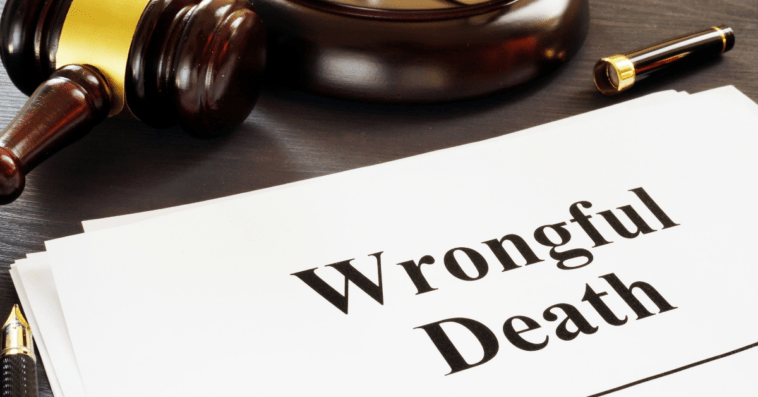In Las Vegas, proving negligence in wrongful death cases requires showing that the defendant owed a duty of care, breached that duty, and directly caused the victim’s death. Key evidence includes medical records, witness testimonies, and accident reports. Expert witnesses may also be needed to establish the link between negligence and fatality. Employing a wrongful death lawyer in Las Vegas at this time can bolster one’s case.
A wrongful death lawsuit can be initiated when an individual passes away as a result of someone’s carelessness or deliberate behavior. This type of action can cause emotional and financial strain for grieving families who are searching for accountability and closure. Learning how to demonstrate negligence is key to achieving a favorable resolution. This resource provides information on establishing negligence in wrongful death claims.
Understanding Wrongful Death
Cases involving wrongful death typically arise from events such as car collisions or medical errors, where negligence is a key factor at play. The key objective is to show that the accountable party did not take care of the issue, ultimately resulting in the individual’s passing. Families who are grieving often turn to experts for guidance in handling these cases as they pursue financial redress for lost earnings costs related to medical treatment and emotional distress that they have endured.
Collecting Proof
Gathering proof is crucial in supporting claims of negligence. Evidence like medical documents and witness testimonies can bolster the case’s strength and validity. Expert opinions from professionals in different fields can offer perspectives that help link the breach to the tragic outcome. Families should retain any evidence, such as photos or damaged items, that shed light on what happened during the event.
Establishing Duty of Care
Showing a duty of care means proving that the accountable individual is responsible for acting in a way that safeguards the safety of others around them. This obligation differs depending on the connection between the parties in question. For example, doctors are obligated to treat their patients. Drivers must follow traffic regulations to ensure the safety of other people on the road. Setting up this duty acts as the basis for a negligence case.
Proving Breach of Duty
After establishing the duty of care, the task is to prove a breach occurred by showing that the responsible party did not meet the standard of care as required. In medical malpractice cases, for example, this could mean instances where a healthcare provider strayed from norms. Evidence like expert viewpoints or industry benchmarks can draw attention to inconsistencies in the party’s actions.
Causation and Its Challenges
Connecting the failure to fulfill responsibilities directly to the loss of life poses difficulties in such situations. However, pinning down causation necessitates demonstrating that the lapse was the key element culminating in the result. This frequently entails maneuvering through proof, timetables, and professional testimonies. Legal experts have a part in untangling these intricacies to guarantee that the link between carelessness and demise is unambiguous and persuasive.
Quantifying Damages
Determining the extent of harm requires calculating the emotional toll resulting from the loss of a loved one on those left behind. The financial aspect might encompass bills paying for the funeral and compensating for income losses. On the other hand, the emotional impact involves addressing feelings of grief, the absence of companionship, and the psychological distress endured by the family. Presenting an evaluation of these consequences highlights how the case has affected the family’s welfare.
Role of Legal Professionals
Specialized legal experts who focus specifically on cases involving wrongful death play a role in helping individuals navigate the complexities of negligence claims effectively. Their proficiency in collecting evidence and interviewing witnesses while presenting strong arguments enhances the overall strength of the case. Furthermore, they offer advice and assistance to families who are grieving, making sure their rights are upheld and fighting for compensation to cover their losses.
Importance of Timely Action
In wrongful death cases, it’s important to act because of legal time constraints known as statutes of limitations, which differ depending on the location and specify the period in which a claim must be submitted. Putting off taking action might harm the chances of receiving compensation, so families should consult with a lawyer promptly to grasp their choices and adhere to deadlines.
In Summary
Proving negligence in cases of wrongful death requires a grasp of legal concepts and a careful method of collecting evidence. By showing that care was owed and not met, proving causation, and calculating losses, families can pursue justice for their lost ones. Seeking help from experts improves the chances of a favorable outcome, bringing closure to grieving families in need.








Comments